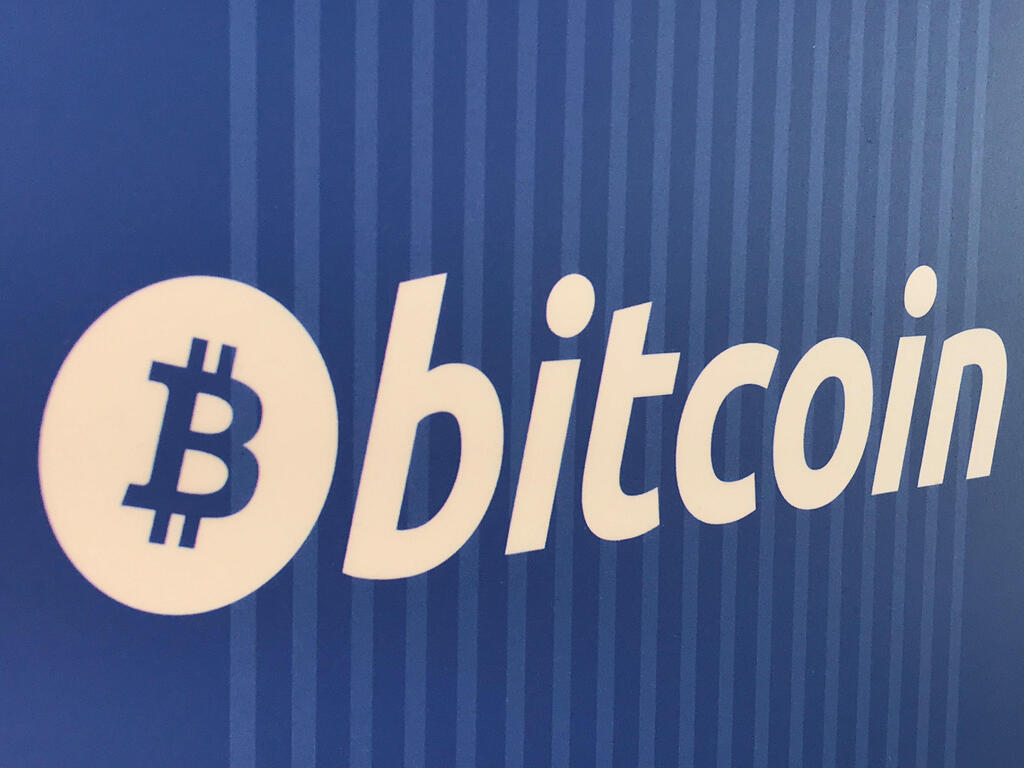This year, I taught a seminar in cryptoeconomics at Ariel University. It wasn’t just about Bitcoin or Ethereum—it was about trust, institutions, governance, and the very architecture of money in the 21st century. And while I was the one teaching the course, it turns out I learned just as much from my students as they did from me.
Their final papers—carefully researched, statistically analyzed, and often deeply creative—reveal the heartbeat of a financial revolution. If you really want to understand what’s happening in the world of crypto, don’t just read a whitepaper. Read a student paper.
Trust is the new currency
Several students explored the relationship between public trust and crypto adoption. One standout study surveyed Israeli investors and discovered a strong negative correlation between confidence in traditional financial institutions and interest in crypto assets. In other words, crypto thrives where trust in the system falters. The implication is clear: to regulate crypto effectively, governments need to rebuild public trust—not just impose rules.
Decentralized doesn’t mean disorganized
Other students turned their focus to Decentralized Exchanges (DEXs). One team developed a comparative framework analyzing security, governance, and user volume. Their key finding? Liquidity and user experience often matter more than technical transparency. Still, further research into DAOs (Decentralized Autonomous Organizations) revealed that decentralized governance models—when well-designed—can offer more inclusivity and resilience than many centralized institutions.
Not all blockchains are created equal
One of the most data-driven papers analyzed Proof-of-Work (PoW) vs. Proof-of-Stake (PoS) protocols. Looking at a decade of performance metrics, the author found that PoS systems offered better returns, less volatility, and significantly greater energy efficiency. The transition of Ethereum to PoS isn’t just a tech upgrade—it’s a shift in philosophy.
Another project examined the XRP Ledger, analyzing over 350,000 transactions. The results showed remarkable reliability and low fees, but stagnant user growth. Infrastructure alone doesn’t drive adoption—narrative, incentives, and community trust do.
Get the Ynetnews app on your smartphone: Google Play: https://bit.ly/4eJ37pE | Apple App Store: https://bit.ly/3ZL7iNv
Regulation can be a catalyst
One policy-focused paper compared crypto regulation across countries—from China’s bans to El Salvador’s full embrace—and found that smart, supportive regulation can foster innovation, while harsh crackdowns often backfire. Israel’s approach, according to the analysis, strikes a cautious but promising middle ground.
A new generation of crypto thinkers
What impressed me most wasn’t just the content, but the caliber of thought. These were economics and business undergraduate students at Ariel University using academic rigor to analyze decentralized systems. They combined surveys, regressions, blockchain data scraping, and institutional analysis with curiosity and clarity.
 Prof. Ilan Alon Photo: Courtesy
Prof. Ilan Alon Photo: CourtesyThey weren’t just dissecting tokens—they were interrogating the future of money, trust, and economic power.
Final thoughts
What I’ve learned is that cryptoeconomics is not just a technological shift—it’s a societal one. And classrooms are perhaps the best laboratories to explore its implications.
Teaching this seminar reminded me that education is not just about transferring knowledge downward—it’s about reflecting the world back through the eyes of a generation that will inherit it. And if my students are any indication, the future of crypto isn’t just decentralized. It’s thoughtful, empirical, and a little more optimistic than you might expect.
- Prof. Ilan Alon is a professor of Business and Economics at Ariel University and an expert on international economics and cryptocurrencies.



